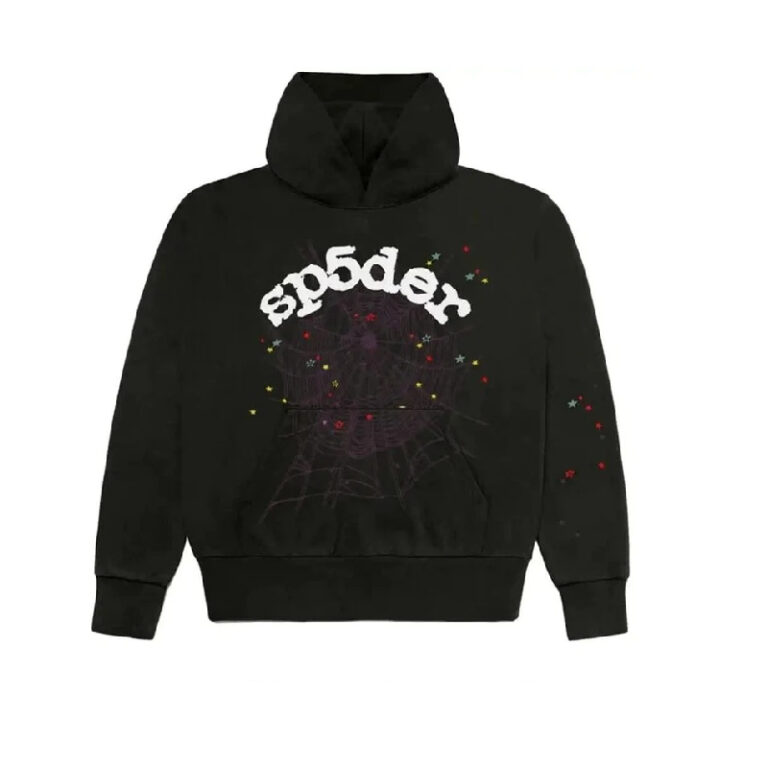
Green Certification
You know what? Green certification is often talked about like some distant, complicated badge only a handful of companies chase. But here’s the thing—if you’re an environmental consultant or sustainability professional, green certification is less of a mystery and more of a vital tool in your toolkit. It’s a symbol, yes, but much more than that: it’s a tangible commitment to making the planet healthier, the economy fairer, and communities stronger.
Let’s take a stroll through what green certification really means, why it’s a game-changer for your work, and how it’s shaping the future of sustainability in ways you might not expect.
What’s Behind the Green Certification?
So, green certification. What exactly are we talking about here? In simple terms, it’s an official recognition awarded to products, services, buildings, or companies that meet specific environmental and sustainability standards. Think of it as a quality seal, but one that says, “Hey, we care about reducing carbon footprints, conserving resources, and treating our ecosystems right.”
But here’s the kicker: green certification isn’t one-size-fits-all. Depending on the sector and the goal, you’ll encounter different types. Some are product-focused, like Energy Star for appliances or Forest Stewardship Council (FSC) for responsibly sourced wood. Others cover entire buildings—LEED (Leadership in Energy and Environmental Design) being the prime example. Then there are broader corporate certifications such as ISO 14001, which zero in on environmental management systems.
It might feel overwhelming, but as a consultant or sustainability pro, this diversity is your playground.
Why Should You Care? Because It’s More Than a Label
Honestly, green certification isn’t just marketing fluff. It’s a serious driver of trust, transparency, and tangible environmental progress.
Here’s something I find fascinating: in today’s climate-conscious market, consumers and investors alike are more selective than ever. A green-certified product or building doesn’t just sell better; it signals accountability. It shows a company walking the talk—literally reducing emissions, minimizing waste, or sourcing ethically. As a consultant, your role often centers on guiding organizations through this maze, helping them meet criteria that can be technical, sometimes nitpicky, but always meaningful.
And when you see a client hesitate—wondering if green certification is worth the investment—well, you can point out that certified organizations often enjoy benefits like cost savings through energy efficiency, improved regulatory compliance, and even boosted employee morale. It’s a win-win-win.
A Quick Look at Popular Green Certifications
Let me share a quick rundown of some certifications you’ll likely encounter—and perhaps recommend—during your work:
- LEED (Leadership in Energy and Environmental Design) Focuses on sustainable building design and construction. It’s like the Oscars for eco-friendly architecture, with levels ranging from Certified to Platinum.
- BREEAM (Building Research Establishment Environmental Assessment Method) A UK-originated system that assesses the sustainability of buildings. It’s a close cousin of LEED but with a slightly different framework.
- Energy Star Targets energy efficiency in appliances and buildings, recognized widely in North America.
- FSC (Forest Stewardship Council) Certifies sustainable forest management and responsible sourcing of wood and paper products.
- Green Seal Primarily product-based certification that ensures items meet rigorous environmental standards from manufacturing through disposal.
- ISO 14001 Less about products, more about environmental management systems within organizations—a foundational standard for sustainability professionals.
Each certification carries its own set of criteria, processes, and documentation requirements, but they share a common goal: reducing environmental impact while maintaining economic viability.
The Certification Journey: Not Just Checking Boxes
Here’s where things get interesting. Many folks imagine green certification as a bureaucratic hassle, but here’s a little secret: the process can be surprisingly empowering.
It starts with assessment. You evaluate a company’s or product’s current environmental footprint, identifying gaps and opportunities. Maybe their energy use is through the roof, or waste management is a mess. This phase often feels like detective work—looking for clues that reveal where sustainability improvements can be made.
Next up is planning—crafting strategies to close those gaps. That might mean recommending solar panels, shifting to recycled materials, or revamping supply chain policies. What’s beautiful about this part is how it blends creativity with technical expertise. You’re not just ticking boxes; you’re architecting a greener future.
Then comes implementation, which involves the nitty-gritty: data collection, process adjustments, staff training, and documenting every change meticulously. Documentation might sound dry, but it’s essential—it’s the proof the certifying body needs to grant the green light.
Finally, the audit and certification. An independent body reviews everything, verifies compliance, and if all goes well, issues the certification. That moment? It’s a bit like crossing the finish line after a marathon—gratifying and a bit emotional, knowing the hard work paid off.
What Makes Green Certification a Consultant’s Secret Weapon?
You know, sustainability consulting often means juggling complex regulations, diverse stakeholders, and ever-changing technologies. Green certification offers a framework—a reliable compass to guide your recommendations.
Think about it this way: instead of reinventing the wheel for every client, you can leverage established standards and criteria. These certifications embody years of collective wisdom from experts worldwide. By aligning your projects with these frameworks, you enhance credibility and facilitate smoother buy-in from clients and regulators.
And here’s a playful thought—certifications can become your storytelling toolkit. They allow you to paint a vivid picture of progress. Instead of vague promises, you can say, “Look, here’s the LEED Platinum project we helped launch,” or “This supplier’s FSC certification guarantees sustainable sourcing.”
It’s proof, not just promise. And that’s gold when you’re pitching projects or reporting impact.
Common Challenges—and How to Beat Them
Now, I won’t sugarcoat it: green certification isn’t always smooth sailing. Clients often grapple with cost concerns, internal resistance, or confusion over complex criteria. But here’s the thing—every challenge has a workaround.
Cost concerns? Break down ROI by highlighting long-term savings from energy efficiency, waste reduction, or enhanced brand loyalty. Sometimes, a phased approach to certification helps spread out expenses.
Internal resistance? Education is key. Many staff members might see certification as “extra work.” Your role often becomes a bit of a sustainability evangelist—showing how green certification improves not only the planet but also workplace conditions and pride.
Complex criteria? This is where your expertise shines. By translating jargon into clear, manageable steps, you can demystify the process. Plus, you can leverage tools like software platforms that track sustainability metrics or provide automated reporting to ease the burden.
The Human Side of Green Certification
Here’s a reflection worth pondering: green certification isn’t just about numbers and paperwork. It’s deeply human. It embodies values like responsibility, stewardship, and respect for future generations.
You’ll find that when organizations pursue certification, they often ignite a cultural shift. Suddenly, sustainability isn’t a sidebar; it’s woven into everyday decisions. Employees feel empowered. Teams collaborate across departments. There’s a shared purpose beyond profit margins.
As a consultant, witnessing this transformation is incredibly rewarding. It’s where your technical expertise meets emotional resonance—making your work not only impactful but profoundly meaningful.
Green Certification and the Future: What’s Next?
The landscape is evolving fast. With climate change urgency escalating and regulatory frameworks tightening, green certification is becoming more mainstream and nuanced.
You might notice emerging certifications focused on carbon neutrality, water stewardship, or social equity. For example, certifications like TRUE Zero Waste or WELL Building Standard complement traditional green certifications by addressing waste reduction and human wellness.
Technology also plays a role. Digital platforms enable real-time monitoring of sustainability performance, making audits more dynamic and transparent. Imagine using IoT sensors to verify energy use or blockchain to trace material origins—these innovations make certifications smarter and more credible.
And of course, consumer expectations continue to rise. People want transparency—not vague claims but clear proof of environmental responsibility. This pushes companies and consultants alike to embrace certifications as key communication tools.
A Quick Guide: How to Navigate Green Certification as a Consultant
Here’s a handy checklist to keep you grounded:
- Understand your client’s goals and industry context No cookie-cutter solutions here. Tailor your approach to fit their unique sustainability challenges and opportunities.
- Research relevant certifications Choose programs that align with your client’s values, market demands, and operational realities.
- Conduct a thorough baseline assessment Identify gaps honestly and comprehensively—it’s the foundation for credible improvement plans.
- Develop practical, phased implementation plans Balance ambition with feasibility, keeping stakeholders engaged.
- Support documentation and data collection Establish systems that make tracking easier and audits smoother.
- Prepare for audits Train client teams on what to expect, what to document, and how to communicate.
- Celebrate success—and plan for continual improvement Certification is a milestone, not the end. Sustainability is a journey.
Wrapping It Up: Why Green Certification Matters to You
So, what’s the takeaway here? Green certification isn’t just an added box to check—it’s a powerful, multifaceted tool that enhances your consulting impact, empowers your clients, and advances global sustainability.
You might be juggling tons of responsibilities, but remember this: every certified project, product, or building nudges us closer to a healthier planet. And your role as a consultant or sustainability professional is pivotal in making that happen.
Now, if you’re thinking about how to bring these insights to life in your next project or curious about emerging certification trends, I’m here to help you map the path forward.
After all, green certification is not just a label—it’s a legacy.




